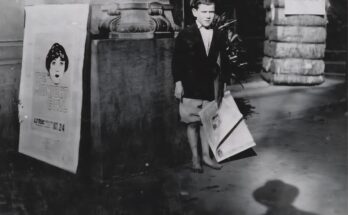Charles Francis Hall spent a decade exploring Greenland and studying Inuit culture, but during his final expedition in 1871, he suddenly fell ill after drinking a cup of coffee and accused his crew of poisoning him before he died.

Public DomainThe only known photograph of Charles Francis Hall, the Arctic explorer who died mysteriously in the 1870s.
Charles Francis Hall was an unlikely Arctic explorer. When he first decided to embark on a northern expedition in the late 1850s, he had never sailed in a boat and knew nothing about navigation. Yet Hall made a number of important discoveries during his expedition, and in 1869, he was granted $50,000 by the U.S. government to reach the North Pole.
But the expedition would go terribly wrong. After clashing with several of the crew members on board, Charles Francis Hall fell violently ill in late 1871. He died raving that he’d been poisoned by the others, who quietly buried him in a shallow grave in Greenland and continued on.
Was Hall murdered? This is the story of the Arctic explorer, from his beginnings as a newspaper man to his mysterious death in the Arctic to what a surprising 20th-century study of his body revealed.
How Charles Francis Hall Became An Unlikely Arctic Explorer
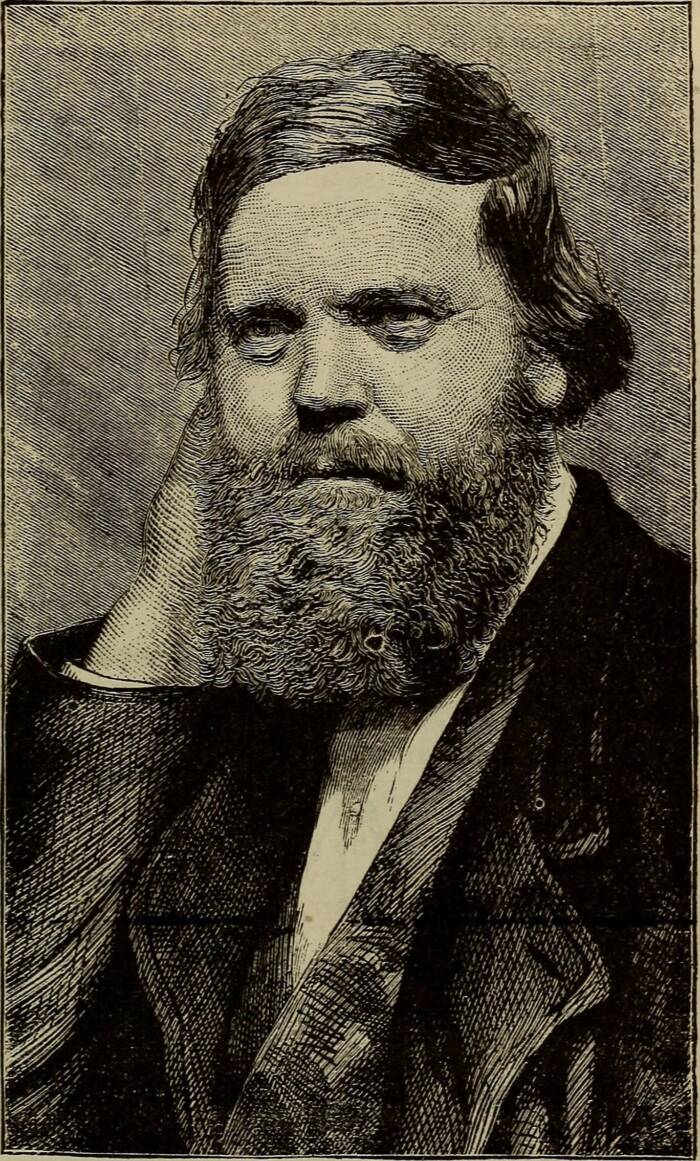
Public DomainAn illustration of Charles Francis Hall.
Born in 1821 in either Vermont or New Hampshire, Charles Francis Hall didn’t set out to become an Arctic explorer. After settling in Cincinnati, Ohio, in the 1840s, he opened an engraving shop — making wax seals, calling cards, etc. — and sporadically published a newspaper, the Cincinnati Occasional.
Hall also read voraciously, and he soon became fascinated with stories of the Franklin Expedition, a doomed attempt by explorer Sir John Franklin to find the Northwest Passage in 1845. Franklin and his two ships, the HMS Terror and HMS Erebus, had vanished during the attempt. (Scattered human remains and artifacts were found over the years, including mummified remains, but the two ships would not be located until the 21st century.)
Though Hall had never sailed in a ship and knew nothing about navigation, he became convinced that he was destined to find the lost Franklin Expedition. He spent years collecting all of the information he could about the Arctic, Franklin’s journey, and other expeditions, and in 1860, Hall sold his newspaper and traveled north to Baffin Island.
Despite having no practical experience — and despite wrecking his boat early on — Hall’s voyage was fruitful. He found relics from Sir Martin Frobisher’s 1576 expedition, established a relationship with an English-speaking Inuit couple, Ebierbing and Tookolito (called “Joe” and “Hannah” by local whalers), and spent two years living in the Arctic.
Upon his return to the United States, Hall published a book called Arctic researches and life among the Esquimaux. But despite a return voyage — Hall spent another five years in the Arctic — he never found anything of the Franklin Expedition aside from some objects and skeletal remains.
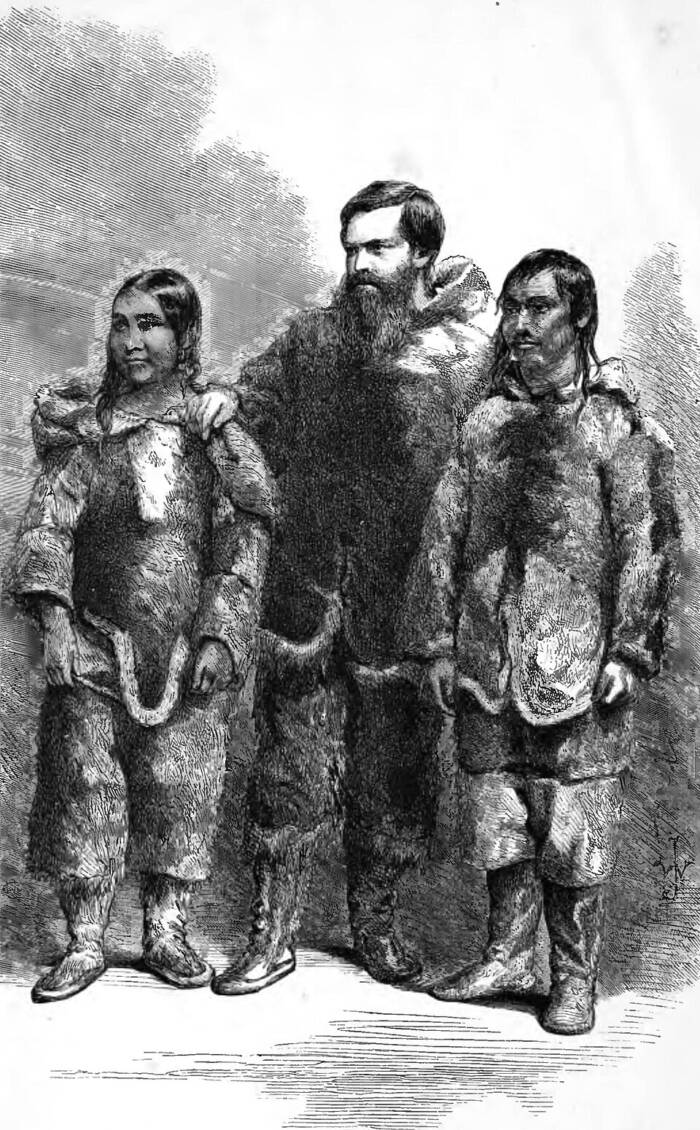
Public DomainCharles Francis Hall with his Inuit guides, Ebierbing and Tookolito.
Then, in 1869, Charles Francis Hall developed a new mission: to become the first person to reach the North Pole. The United States government was interested in polar expeditions — and funding the race to the North Pole — and agreed to give Hall $50,000 to put together a crew.
But the expedition was doomed from the start. And this time, Charles Francis Hall wouldn’t come home from the Arctic.
The ‘Polaris’ Expedition To The North Pole
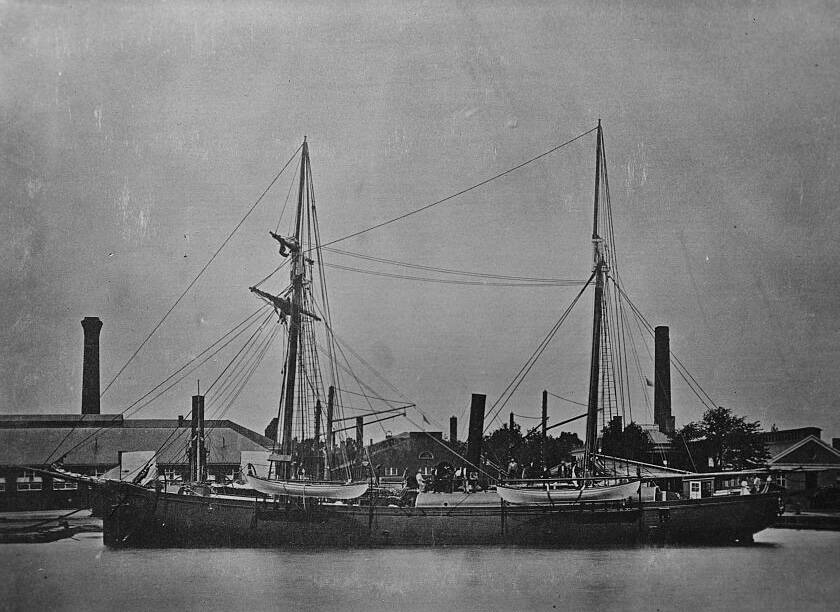
Library of CongressThe Polaris in 1871, shortly before its Arctic expedition.
In July 1871, Charles Francis Hall sailed north on the ship Polaris, a two-mast, 383-ton schooner. But Hall soon began to butt heads with two people onboard: the captain, Sidney Ozias Budington, and the doctor and natural scientist, Emil Bessels. What’s more, with Budington as the captain and George Emory Tyson as the assistant navigator, command of the vessel was divided between Budington, Tyson, and Hall, which caused issues.
At first, it seemed that the Polaris would make history despite tensions among its crew. By September, the ship had sailed past a latitude of 82 degrees north, further than any ship before. In October, encountering ice in the Lincoln Sea, the crew decided to spend the winter on the northwest shore of Greenland, which Hall dubbed “Thank God Harbor.”
But things would take a fatal turn for Charles Francis Hall in Thank God Harbor. Shortly after arriving, he and a small group took a sledge journey north to survey the landscape ahead. Though they were gone for two weeks, Hall returned to the Polaris in seemingly good health. He had a cup of coffee upon his return on Oct. 24, 1871 — and then fell violently ill.
Hall’s “most marked symptoms seem… to have been such as indicated congestion of the brain,” an 1873 report by the Navy Department reported, “accompanied by delirium and partial paralysis of one side.”
In great pain, Hall accused the crew, particularly Bessels and Budington, of poisoning him. He eventually refused all medical aid, and he died on Nov. 8, 1871. The Polaris crew buried him off the coast of Greenland.
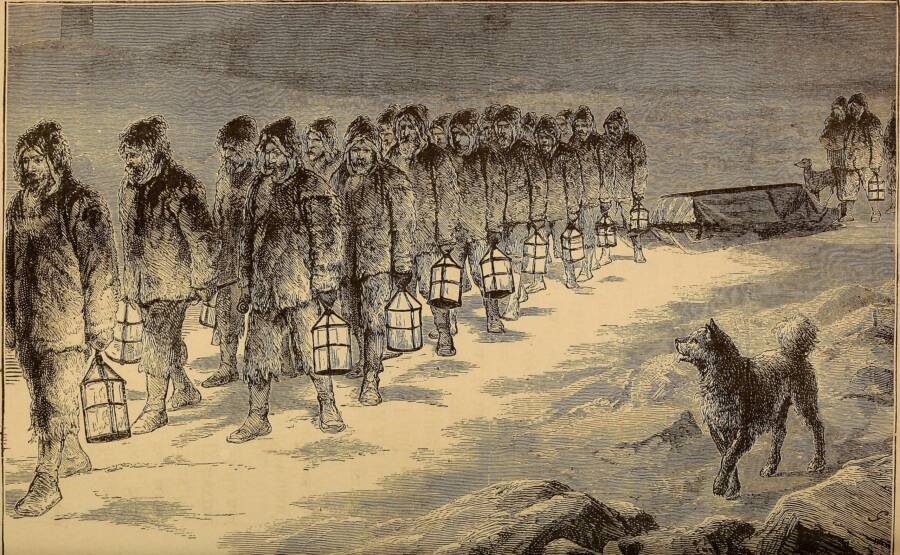
Public DomainA depiction of the funeral of Charles Francis Hall after he died suddenly during the Polaris expedition.
After Charles Francis Hall’s death, the Polaris continued north. But the expedition was doomed. A year later, a terrible storm drove the Polaris into an iceberg. In the confusion that followed, 19 people jumped off the ship and onto an ice floe, only for the wild winds to drag the Polaris away. The ship ran aground days later, and those on the ice floe drifted 1,300 miles.
Those on the ice floe were rescued in April 1873; the rest of the Polaris crew was rescued in June 1873. But the Polaris expedition ultimately returned without the man who had planned it. And rumors soon began to spread that Charles Francis Hall had not died a natural death.
Was Charles Francis Hall Murdered By His Crew?
Upon the return of the surviving Polaris crew, the Navy Department conducted an investigation into Charles Francis Hall’s death. After speaking to those who’d witnessed his illness and demise, the Navy Department reached “the unanimous conclusion that the death of Captain Hall resulted naturally from disease, without fault on the part of anyone.”
But some continued to suspect that a member of the crew, likely Bessels or Budington, had killed Halls. In the New York Herald, Royal Inspector of North Greenland H. Krarup Smith admitted that he suspected that Hall’s death had been “foul play,” and that, given reports about insubordination among his crew, Smith believed Hall’s body should be exhumed and examined.
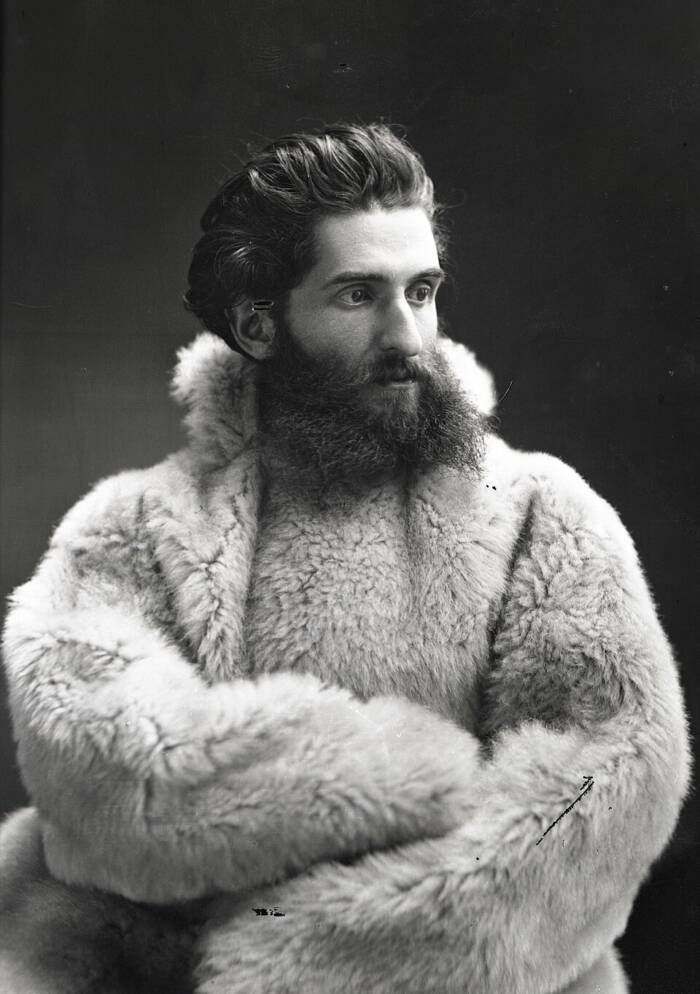
Smithsonian Institution ArchivesSome suspect that Emil Bessels, pictured here, murdered Charles Francis Hall, though a Navy investigation found that Hall had died a natural death of apoplexy.
Charles Francis Hall’s body was exhumed — but not until 1968. Then, Arctic historian Chauncey C. Loomis, who wrote Weird and Tragic Shores: The Story of Charles Francis Hall, Explorer, traveled to Greenland in search of answers about Hall’s death. He had Hall’s remains tested — and found that Hall had consumed large quantities of arsenic during his last two weeks alive.
But does that mean that Hall was poisoned?
Possibly. And if so, Bessels is a strong suspect. Not only did Bessels have access to arsenic in his medical kits, but he may have had a motive to murder Hall. The doctor, who at the time was the youngest doctor to ever graduate from the Ruprecht Karl University of Heidelberg, disliked the “uneducated” former newspaper man. And he and Hall may have been competing for the affection of the same woman, Vinnie Ream, whom they had met in New York.
Then again, it’s possible that Charles Francis Hall inadvertently killed himself. Paranoid, in pain, and suspicious of Bessels, Hall could have used his own medical kit to medicate himself. He could have possibly given himself too much arsenic, which may have resulted in his death.
The true cause of Charles Francis Hall’s death will ultimately remain a mystery. As will another question: If Hall had survived, could the Polaris have reached the North Pole? Or would the perils of the Arctic — the storms, the cold, the barren landscape — have doomed him like it doomed the others?


